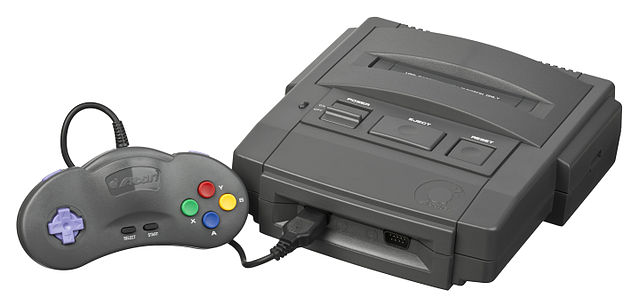Super A'can Review: A Forgotten 16-Bit Console with Regional Appeal
The Super A'can was an ambitious attempt to bring 16-bit home gaming to China in the mid-90s, attempting to carve out a niche in a market dominated by established players like Nintendo and Sega. Released in 1995 by Inland Electronics, the console had its sights set on offering affordable gaming to Chinese consumers, but its short-lived existence and limited game library have left it largely forgotten in the broader history of video game consoles.
Design & Hardware
The Super A'can's design mirrored that of the Super Nintendo Entertainment System (SNES), featuring a controller with a standard D-pad and four action buttons, making it comfortable and familiar for anyone who had previously played 16-bit systems. The console itself was also a standard gray box, offering simple, straightforward functionality. However, the overall build quality was on the cheaper side, which was reflective of its lower price point and the fact that it was designed primarily for the Chinese market.
The system used proprietary cartridges that were region-locked, meaning games for the Super A'can couldn't easily be swapped with other systems. This was a common feature for consoles of the time, but it added a layer of limitation for players who might have wanted a broader library of games from other consoles.
Game Library & Performance
The Super A'can's game library was limited to around 30 titles, most of which were basic platformers, action games, and puzzle games. Some of the standout games included action titles with simple mechanics, likely inspired by popular games of the time but with no standout originality. The graphics and sound were comparable to other 16-bit consoles, but the games themselves often lacked the depth or polish seen in SNES or Genesis releases.
While the performance was adequate for its time, the games on the Super A'can didn't quite capture the same magic or quality that made its competitors so beloved. Titles lacked the same charismatic characters, engaging stories, or innovative mechanics that defined the best games on the SNES or Genesis.
Limitations & Drawbacks
The Super A'can was hampered by several issues that limited its success:
- Limited Game Library - With only around 30 games, the selection was far too small to compete with the massive, globally recognized libraries of systems like the SNES or Genesis.
- Low Availability Outside China - The region-locking and lack of global distribution meant that the Super A'can was only available to a small group of gamers, primarily in China. This limited its appeal and left it out of the international gaming conversation.
- Lack of Innovation - While it had decent hardware, the Super A'can didn't offer any breakthrough innovation or standout exclusives that would make it a must-have system for gaming enthusiasts.
- Inferior Build Quality - While functional, the build quality and performance of the Super A'can lagged behind its competitors, contributing to its lack of longevity and consumer interest.
Final Verdict
The Super A'can remains a curiosity in the world of retro consoles. While it was an interesting attempt to bring home gaming to a Chinese audience, it struggled due to its limited game selection, poor distribution, and lack of unique features. It was never able to compete with more established consoles like the SNES and Genesis, and its short lifespan meant that it never gained a foothold outside of China.
As a result, the Super A'can is now largely remembered by collectors and gaming historians, as it represents a moment in time when China was starting to embrace home gaming but lacked the infrastructure to support a truly competitive console.
Score: 5/10
? A noble attempt at carving out a niche in the gaming market, but ultimately held back by limitations in both game selection and build quality. A rare piece of gaming history, but not much more.
Would you like to know more about other region-specific consoles or compare it to contemporaries in the mid-90s?


